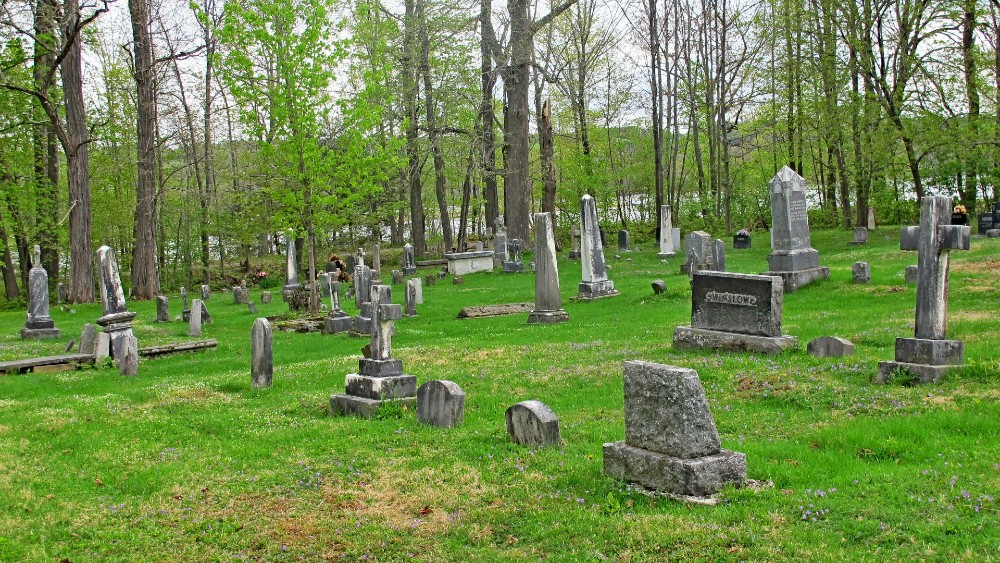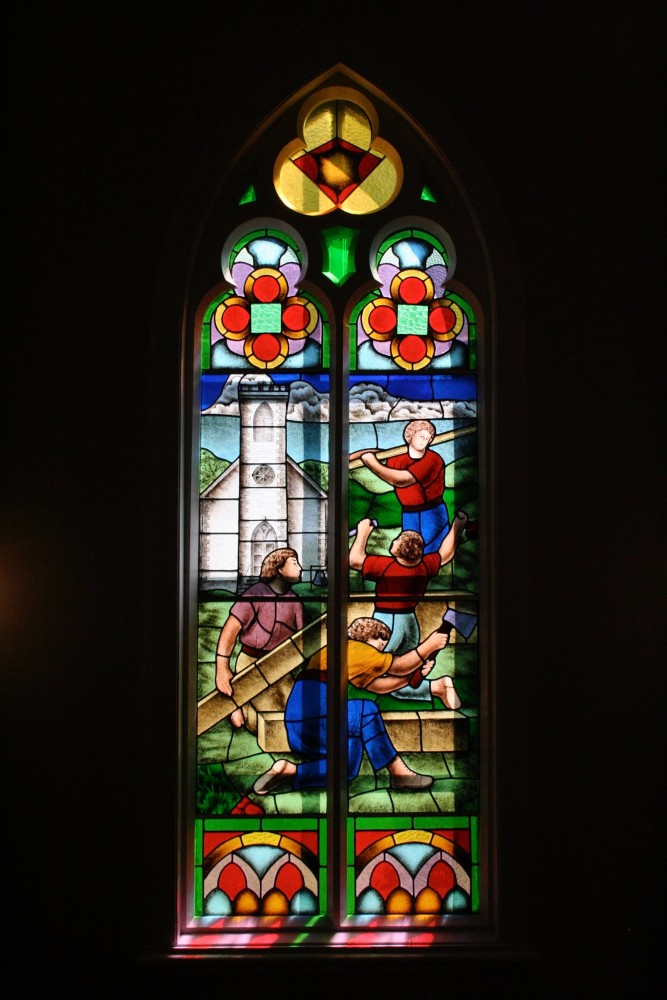Empowerment at St Peter’s
“He was a very accomplished carpenter, and he helped build this church in 1837… I feel very very connected to this community and this area…”
– Dr. Mary Louise McCarthy, Fredericton, 2020
Interview with Dr. Mary Louise McCarthy-Brandt (closed captions available in both English and French) – View this video with an English transcript.
By 1834 George Leek and his sons were farmers in their own right, owners of their own land, and free from servitude to the Allen family. They were also master carpenters for the building of St Peter’s Anglican Church. In this sense the local Black community of Springhill were not only labouring but they were actually empowering themselves by building their own Church. This is confirmed in a letter by Rev. Stirling to Bishop Inglis, in January of 1843:
“Your Lordship will be pleased to hear that St. Peter’s Church in Kingsclear, which was consecrated during your last Visitation to New Brunswick… has been regularly opened every alternate Sunday since its consecration, and that the most cheering results have attended these partial ministrations. The congregation has been steadily increasing and a growing attachment to the Church is daily manifested, more especially among the humbler classes of the people. The average attendance is about one hundred. During the last year nine adults (eight of them persons of colour) after undergoing a long trial and professing a strict and satisfactory examination were publicly admitted into the Church by Baptism and I rejoice to be able to add that eight of these are living conformably to the profession which they then made whilst the ninth, after a severe illness borne with Christian patience and cheered by the Christians’ hope of a blessed immortality through the merits of her Redeemer, passed, I trust, from the Church Militant on Earth to the Church triumphant in heaven.”
These baptisms were not isolated instances but part of a much broader movement of empowerment. Parish records indicate that 8 members of the local Black community were baptized at St Peter’s in 1843 alone (out of total of 13). In 1846, fully 6 out of 15 recorded baptisms were adult members of this same Black community—including Catherine Dyer, aged 101 years, who, as Rev. E.J.W. Roberts recorded, was “at one time a slave now free.”
The reference in Rev. Stirling’s letter concerning a recently baptized lady who bore her fatal illness with such patience and hope is particularly significant, since she was buried in the cemetery immediately adjoining St. Peter’s Church. This was unusual and unique—perhaps in all of colonial New Brunswick—because at St. Peter’s the grave sites were not segregated.

Many members of Fredericton’s Black community are buried in St Peter’s Anglican Churchyard cemetery, 2021.
Unlike three neighbouring cemeteries from the 19th and early 20th centuries that were either segregated (Kingsclear/Kilburne), or entirely isolated and Black only (Mactaquac Heights and Wheary), Black and White graves in St. Peter’s cemetery are completely intermixed. The picture that emerges from these records is of a rather well integrated congregation of Blacks and Whites, worshipping together, and serving their God.

“George Leek and Neighbours Building St Peter’s Church” by Cuppen’s Studios of Saint John. Stained glass, 1978-1979.
Black empowerment has since been memorialized at St. Peter’s by a magnificent stained-glass window, donated in 1979 by descendants of George and William Leek: Gladys Taylor Lupton (1903 – 2000) and her sister Esther Taylor Burgess (1811 – 2004).
Interview with Lenisha Dymond (closed captions available in both English and French) – View this video with an English transcript.

